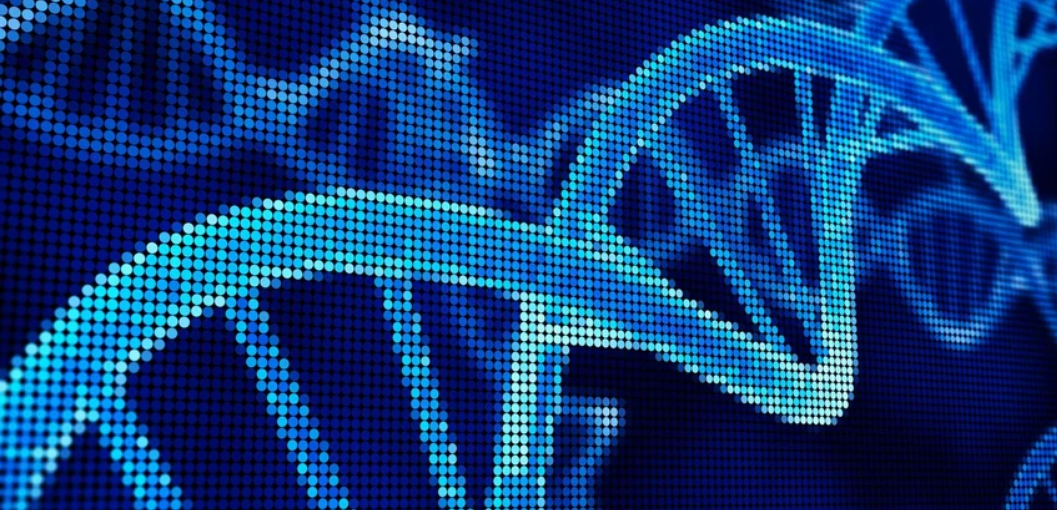Phenomix launches first of 4 obesity phenotype tests amid weight-loss drug boom

Phenomix Sciences' tests use a machine learning AI model that analyzes a patient’s DNA and other environmental and behavioral data to determine whether they match up a particular obesity phenotype. (Getty Images)
Glucagon-like peptide-1 agonist drugs approved for weight loss like Wegovy and Saxenda—and even GLP-1s not explicitly approved in that indication, such as Ozempic—have recently skyrocketed in popularity for their often fast-working approach to weight loss. But treatments for obesity aren’t necessarily one-size-fits-all, and GLP-1s may not work effectively for every patient.
Glucagon-like peptide-1 agonist drugs approved for weight loss like Wegovy and Saxenda—and even GLP-1s not explicitly approved in that indication, such as Ozempic—have recently skyrocketed in popularity for their often fast-working approach to weight loss. But treatments for obesity aren’t necessarily one-size-fits-all, and GLP-1s may not work effectively for every patient.
The MyPhenome Hungry Gut test will first be made available to a small group of obesity specialists who have been educated about the categorization system, before a full rollout begins later this year, according to Phenomix.
In the meantime, Acosta said, the company is already working on filling out its slate of obesity-classifying tests. The other three phenotypes they’ve identified are known as Hungry Brain, in which a patient's brain can't decipher when to stop eating; Emotional Hunger, describing patients who eat to manage their emotions, whether positive or negative; and Slow Burn, comprising those whose caloric intake outweighs their activity levels and metabolism.
“We are developing a Hungry Brain phenotype biomarker that will be launched in mid-summer, and together with that, the Emotional Hunger phenotype,” Acosta said. “So we’ll have the first three phenotypes launched by the middle of the year.”
As for why Phenomix started with the Hungry Gut test? As Acosta explained, “the whole world’s moving toward GLP-1.”
The MyPhenome Hungry Gut test will first be made available to a small group of obesity specialists who have been educated about the categorization system, before a full rollout begins later this year, according to Phenomix.
In the meantime, Acosta said, the company is already working on filling out its slate of obesity-classifying tests. The other three phenotypes they’ve identified are known as Hungry Brain, in which a patient's brain can't decipher when to stop eating; Emotional Hunger, describing patients who eat to manage their emotions, whether positive or negative; and Slow Burn, comprising those whose caloric intake outweighs their activity levels and metabolism.
“We are developing a Hungry Brain phenotype biomarker that will be launched in mid-summer, and together with that, the Emotional Hunger phenotype,” Acosta said. “So we’ll have the first three phenotypes launched by the middle of the year.”
As for why Phenomix started with the Hungry Gut test? As Acosta explained, “the whole world’s moving toward GLP-1.”
Phenomix’s tests are based on about 12 years’ worth of work, according to Acosta, who co-founded the company in 2017 alongside his Mayo Clinic colleague Michael Camilleri, M.D., D.Sc. During that period, they built out a framework detailing the four obesity phenotypes and put it to the test, concluding in a series of trials that using the phenotypes to guide treatment improved outcomes.
“With that said, the question and the problem we had ahead of us was that doing the obesity phenotypes was very complicated, expensive, invasive—as we require radioactive materials—and only limited to a few centers such as the Mayo Clinic,” Acosta said. “So, for that reason, we started building biomarkers against the obesity phenotypes.”
The resulting tests use a machine learning artificial intelligence model that analyzes a patient’s DNA and other environmental and behavioral data to decipher whether they match up with the phenotype in question.
